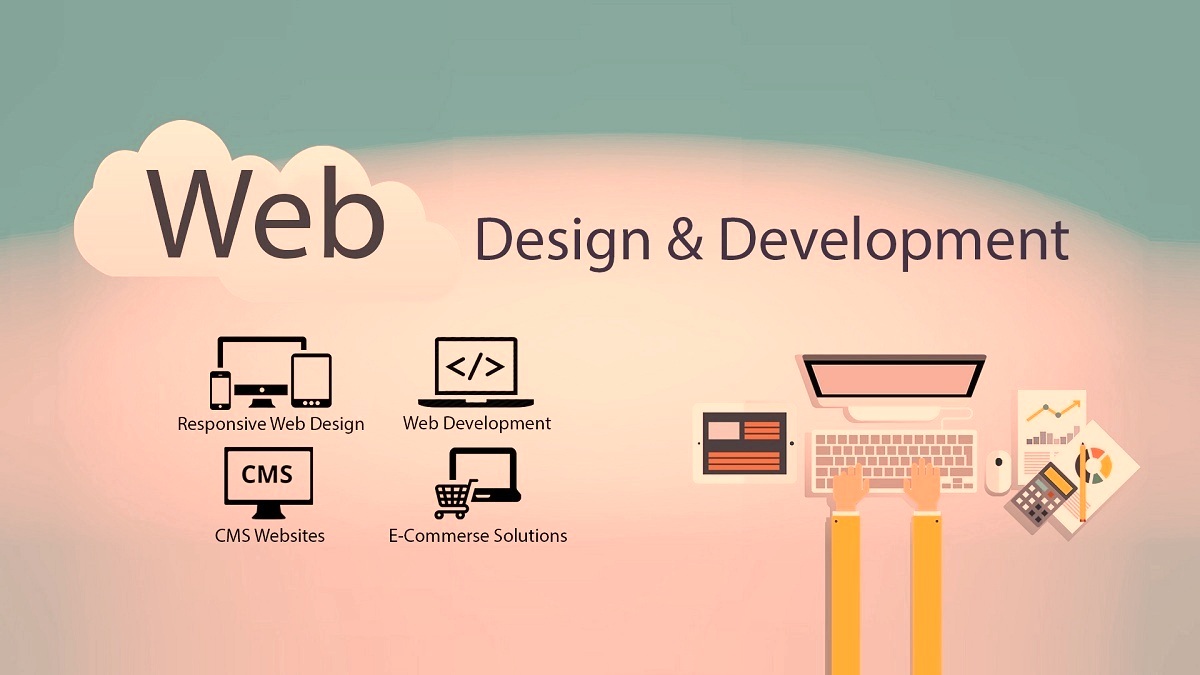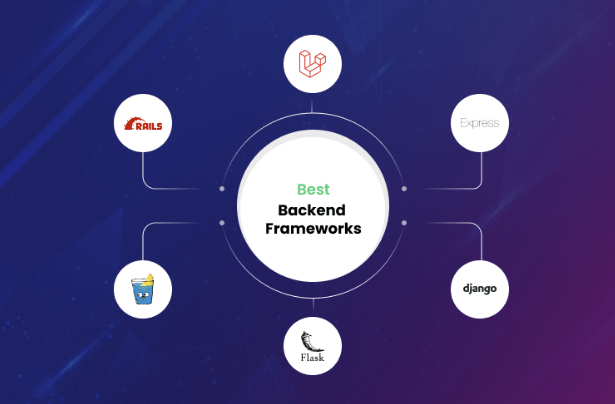.jpg)
The world of web development is evolving rapidly, and selecting the right programming language has never been more crucial. Whether you are just starting your journey or looking to enhance your skills in 2025, understanding which languages are in demand will help you advance your career, stay competitive, and build modern, efficient web applications. Web development is no longer just about creating static websites; it now involves building dynamic, responsive, and highly interactive applications that provide seamless user experiences across multiple devices.
Among the top programming languages shaping the future of web development, JavaScript continues to dominate. As the backbone of frontend development, it powers widely used frameworks like React, Vue, and Angular, which allow developers to create interactive and responsive user interfaces. Beyond frontend, JavaScript has expanded into backend development through Node.js, enabling full-stack development using a single language. Its large community, constant updates, and vast ecosystem of libraries make it an indispensable tool for web developers of all levels.
TypeScript, an extension of JavaScript, is gaining immense popularity in the developer community. By adding static typing to JavaScript, TypeScript makes code more predictable, easier to debug, and highly maintainable—especially for large-scale projects. Many tech giants and startups prefer TypeScript for enterprise applications because it reduces runtime errors and improves developer productivity. For those looking to work on complex applications or join companies that value scalable architecture, TypeScript is a must-learn language.
Python has cemented its position as one of the most versatile programming languages for web development. Known for its simplicity, readability, and vast ecosystem, Python is not only used for backend development but also for AI, machine learning, automation, and data processing. Frameworks like Django and Flask provide secure and efficient solutions for building web applications quickly. Python’s popularity continues to rise due to its relevance in emerging fields such as AI-powered web apps, making it an ideal choice for developers who want to combine web development with cutting-edge technology.
Despite newer languages emerging, PHP remains a strong contender in web development. It powers over 75% of websites globally, including major platforms like WordPress, Laravel, and Magento. PHP is especially relevant for content management systems (CMS), eCommerce websites, and server-side scripting. Its ease of deployment, large support community, and extensive documentation make it a practical option for developers who want to build robust web applications quickly and cost-effectively.
Go (Golang) is increasingly recognized for its speed, efficiency, and ability to handle large-scale applications. Developed by Google, Go is particularly suitable for building APIs, cloud services, and backend systems that require high concurrency and performance. Its simplicity and clean syntax make it accessible for developers while maintaining powerful capabilities for complex backend solutions. Go is rapidly becoming a favorite among developers building modern cloud-based applications and microservices.
Ruby, powered by the Ruby on Rails framework, continues to be favored by startups and companies that need to develop minimum viable products (MVPs) quickly. Ruby emphasizes simplicity and productivity, allowing developers to write elegant code with fewer lines. Its “convention over configuration” approach accelerates development while maintaining a clean structure, making it ideal for SaaS products, prototypes, and web applications that require fast deployment.
Rust is emerging as a powerhouse language focused on performance, safety, and memory management. While relatively new in web development, Rust is slowly being adopted for backend applications where speed and reliability are critical. Its strict compiler rules help developers catch errors at compile time, leading to safer and more robust applications. Rust is particularly suitable for building high-performance web services, gaming servers, and system-level applications.
Meanwhile, Kotlin is gaining traction for backend development and mobile-app-integrated websites. Known primarily as the modern language for Android development, Kotlin is also being used in web development with frameworks like Ktor and Spring. Its interoperability with Java and concise syntax make it ideal for cross-platform applications and scalable backend systems, bridging the gap between mobile and web development.
Conclusion:
In 2025, selecting the best programming language depends heavily on your goals and the type of projects you wish to pursue. For interactive frontend applications, JavaScript and TypeScript are essential. Python excels for backend and AI-driven applications, while PHP remains strong for CMS and eCommerce websites. Go, Rust, and Kotlin are becoming increasingly popular for performance, scalability, and cross-platform development. Ultimately, mastering the right combination of languages and frameworks will empower you to build modern, efficient web applications, enhance your career prospects, and stay ahead in the ever-evolving world of web development.






